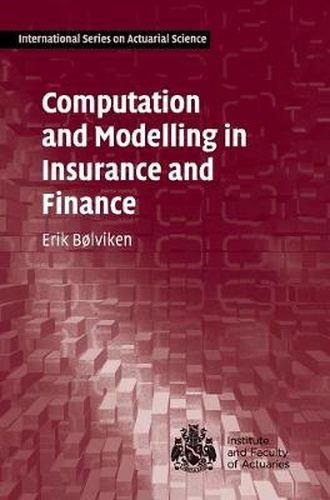Readings Newsletter
Become a Readings Member to make your shopping experience even easier.
Sign in or sign up for free!
You’re not far away from qualifying for FREE standard shipping within Australia
You’ve qualified for FREE standard shipping within Australia
The cart is loading…






Focusing on what actuaries need in practice, this introductory account provides readers with essential tools for handling complex problems and explains how simulation models can be created, used and re-used (with modifications) in related situations. The book begins by outlining the basic tools of modelling and simulation, including a discussion of the Monte Carlo method and its use. Part II deals with general insurance and Part III with life insurance and financial risk. Algorithms that can be implemented on any programming platform are spread throughout and a program library written in R is included. Numerous figures and experiments with R-code illustrate the text. The author’s non-technical approach is ideal for graduate students, the only prerequisites being introductory courses in calculus and linear algebra, probability and statistics. The book will also be of value to actuaries and other analysts in the industry looking to update their skills.
$9.00 standard shipping within Australia
FREE standard shipping within Australia for orders over $100.00
Express & International shipping calculated at checkout
Focusing on what actuaries need in practice, this introductory account provides readers with essential tools for handling complex problems and explains how simulation models can be created, used and re-used (with modifications) in related situations. The book begins by outlining the basic tools of modelling and simulation, including a discussion of the Monte Carlo method and its use. Part II deals with general insurance and Part III with life insurance and financial risk. Algorithms that can be implemented on any programming platform are spread throughout and a program library written in R is included. Numerous figures and experiments with R-code illustrate the text. The author’s non-technical approach is ideal for graduate students, the only prerequisites being introductory courses in calculus and linear algebra, probability and statistics. The book will also be of value to actuaries and other analysts in the industry looking to update their skills.